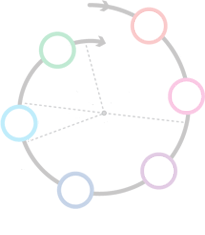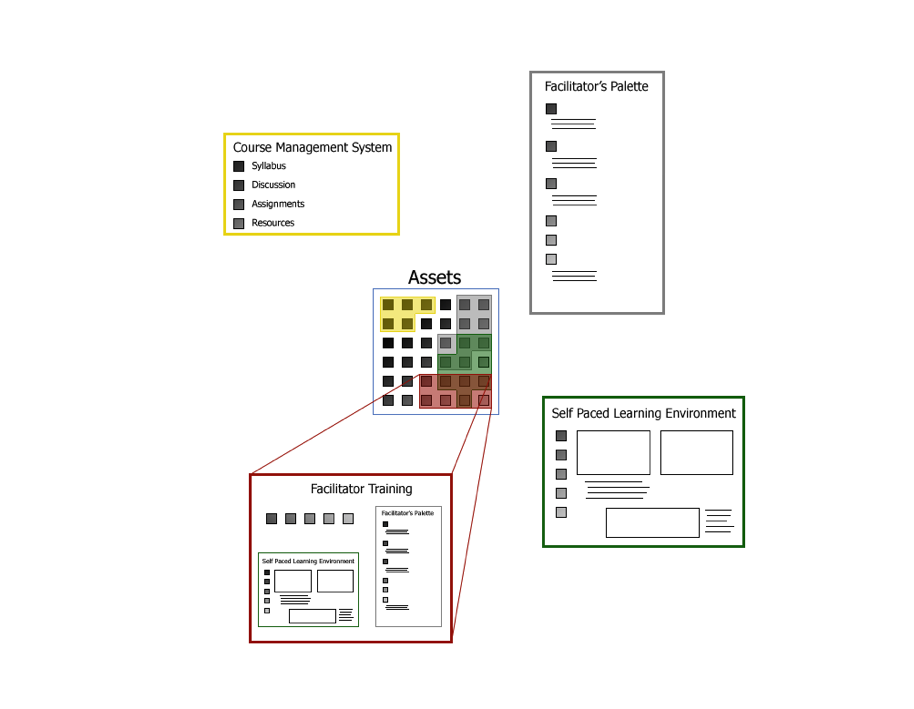Cases

Discovery: Project Connect
Working within the design research structure, a CCNMTL team began working with senior researchers of the Social Intervention Group (SIG) at the Columbia University School of Social Work (https://www.columbia.edu/cu/ssw/sig/). SIG is a multidisciplinary research center at the CUSSW that focuses on developing and testing effective prevention and intervention approaches and disseminates them to local, national and international communities. A key aspect of SIG’s mission is to move science-based medical, behavioral and health service interventions from a research environment to community-based settings, making them more accessible to those who need them most. Senior researchers and faculty at SIG, including Professors Nabila El-Bassel and Susan Witte, and Louisa Gilbert, had developed and tested Project Connect, the first couple-based, HIV/sexually transmitted infections (STI) prevention intervention that was funded by the National Institute of Mental Health (NIMH). SIG had proven the effectiveness of Project Connect in reducing sexual risk behaviors among heterosexual couples, but could not widely disseminate it because in its current form, implementation required the skills of an advanced clinician and a burdensome amount of peripheral material that was used during each session.
During an extended discovery period, the CCNMTL/SIG team brainstormed many possibilities for the enhancement of Connect using digital media. This required, as a prerequisite, that CCNMTL become conversant with the content, process, and theoretical underpinnings of the intervention as well as all of the existing media SIG was accustomed to use, including videos, anatomical models, condoms and other prophylactics, and charts. SIG had to learn about the range of possibilities digital media could support. Also from the very beginning, the team worked not only to imagine digital enhancements for Connect, but also to brainstorm how facilitator training might be improved and how what was developed might be repurposed for use in courses at the Columbia University School of Social Work. Here are the first series of visualizations developed during the discovery phase to describe the general landscape of audiences to be served and how the modularity of media allows for a common reservoir of assets to be deployed in different contexts to serve different groups:
 | Figure1: Plot of the different relationships among the identified groups. |
 | Figure 2: This diagram represents how a common set of assets, represented by the box in the middle, can serve all four projected audiences. |
The discovery process continued using similar modeling techniques, from which the team derived basic strategies that were expressed in the form of a series of hypotheses that led into the design phase.


